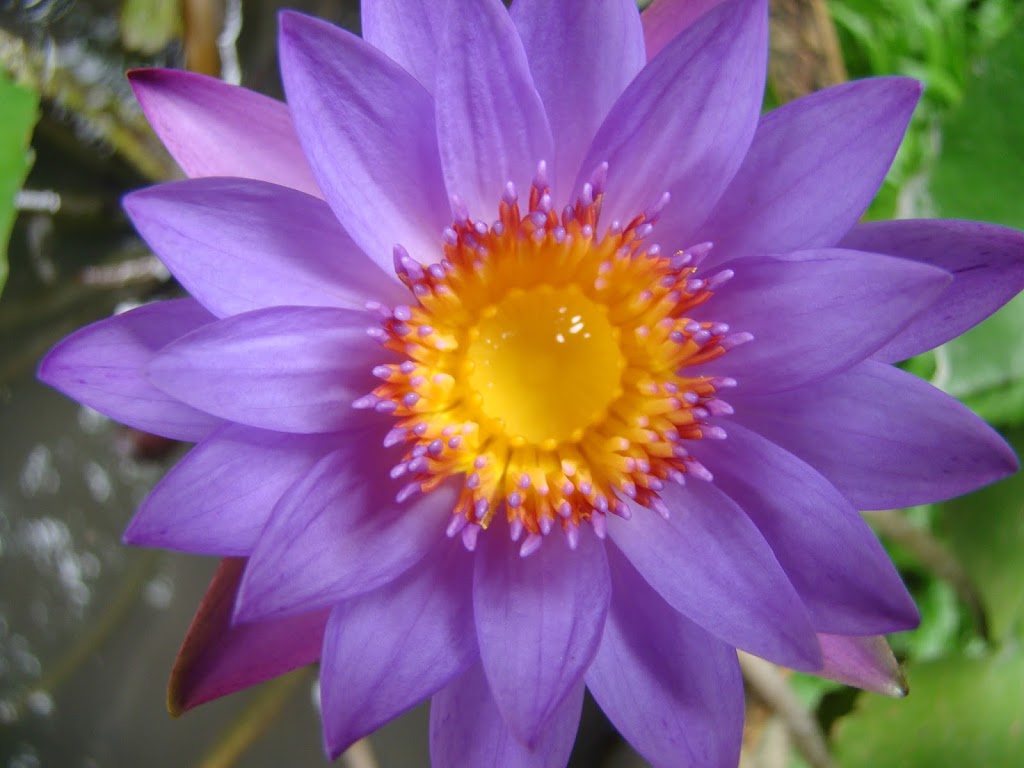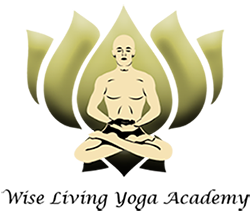
20 Jul Yoga During Crisis
Having worked in an emergency department for several years, I have had the opportunity of seeing a wide range of humanity in a vast array of conditions, both mentally and physically. Some people arrive in severe pain, some in only mild discomfort, some in no pain at all but with significant anxiety and psychiatric issues. The accompanying family and friends, however, often swim about in their own pools of anxiety, worry, and fear over the future. They react to the sensations arising in their bodies, sometimes becoming agitated, anxious, and unable to coherently think or speak, so deeply entrenched are they in their worry. Imagine what an emergency department would look like if not only the patients and their families were running about in anxiety and fear, but also all of the physicians, nurses, and other staff. The entire building would be in chaos and nothing would ever get done. Nobody would be able to think rationally or logically and would simply stew in the release of hormones and neurotransmitters coursing trough their bodies.
“To be capable of fancies and imaginations is common to man and beast. To be violently drawn and moved by the lusts and desires of the soul is proper to wild beasts and monsters.” — Emperor Marcus Aurelius
We all encounter obstacles throughout life at different times and in myriad manifestations. How we react to these situations often differs, based upon our individual lives and experiences as well as our state of mind at the moment. Our reactions are instrumental in times of challenge, difficulty, or crisis, and heavily impact both the way we perceive the encounter as well as our behaviors during and afterwards.
Imagine you are preparing your evening meal, perhaps peeling vegetables as you wait for some water to boil. Looking to wipe your hands, you search for a towel — only to smell something burning. Flames burst into life from the towel accidentally placed too near the hot stove, and dark smoke begins to collect on the ceiling.
Now the question is: ought we to react or respond?
Initial reactions for many might be to jump up, make some noise, grab the flaming towel, or perhaps run out of the room calling for help. Panic, in short, is a common reaction to a fearful or threatening encounter. But would any of these actions actually help the immediate situation? Not quite so much as would taking a moment to think before acting in order to respond appropriately to the situation: by dousing the fire with water from the tap nearby.
Gut reactions are part of our inherent animal nature, and have been ingrained in us over millennia from our roots as gatherer-hunters to keep us safe from various dangers. Humans at that time were significantly more aware and observant of their surroundings than the typical human is today. Back then, there was complete reliance upon and involvement with nature; no cars, planes, or factories existed to create noise, pollution, and distraction, nor were there any cellphones or any of those other little tools to which our attention so frequently falls prey. These early humans relied completely upon their senses and observations of natural phenomena to survive.
However, since those ancient times we have evolved complex brains with the capacity for logic and reasoned actions. We have even developed the capability to give preference to reasoned responses over visceral reactions, though this ability requires practice. Cultivating awareness of emotions and sensations as they arise and pass away is integral to the development of this skill. We may practice this through meditation by repeatedly returning to the natural flow of the breath whenever the mind drifts astray. With persistent repeated practice, we may train the mind to become more aware of the breath, and thereby more aware of both internal and external realities.
Our reactions to external stimuli create sensations and emotions within each of us. Imagine your favorite food; likely a feeling of joy or desire for it will arise. How delicious it is! But for someone else who does not enjoy that food, feelings of aversion or disgust might arise instead. Thus we see that it is not any one sense object which create sensations, but our own reactions and perceptions. This process occurs for every stimulus; some reactions are pleasant, some unpleasant, and some neutral. But with awareness we realize that there are sensations occurring at all times, and all have their appropriate place. We do not, however, react to all of these; only to the most gross and obvious do we typically take notice. But oftentimes such reactions do not serve us most beneficially in the present moment. We react thoughtlessly to fear, anger, lust, sorrow, and so many other potent emotions. We revert back to our animal nature and the biological drives associated with it: those gut instincts that impel us in an uncontrolled rush of activity.
When the body encounters a stressful situation, the sympathetic nervous system is activated which drives us to fight or flee. Our amygdala and hypothalamus activate our pituitary gland, which in turn secretes a hormone (ACTH or adrenocorticotropic hormone) that signals our adrenal glands to release epinephrine, norepinephrine, and cortisol. All of these combine to effectively increase pulse and respiratory rates, inhibit digestion, dilate pupils, constrict blood vessels, and relax the bladder, to name just a few. Additionally, this stress reaction induces glucose metabolism by the pancreas and the release of fatty acids into the bloodstream for the cortisol to metabolize, so that quick energy is available to the body.
This is all quite useful when we encounter a truly harmful situation. However, if this reaction is allowed to proceed in the presence of perceived threat, something that does not actually pose any harm towards us, we become unnecessarily stressed. Due to our reaction, we are suddenly filled with driving energy — but to do what, exactly? To panic and jump around, shout, fight, run, move! But how will any of these reactions help us if there is no true threat or danger? Could we respond differently?
As medical staff, we are trained in ways to maintain cool, calm focus in the face of this potential chaos. Yoga, with its emphasis on awareness, is a powerful form of this training, allowing us to return to the present moment with awareness and equanimity. By cultivating awareness in daily life during nonthreatening situations, we are able to prepare ourselves for the stressful times. By experiencing stillness, such as during a morning meditation session, we have a firm base upon which to stand when challenges present themselves. When faced with such a difficulty, be it an unruly guest, a scurrying cockroach, or an unexpected outcome, we can return to our stillness and become tranquil. A wise woman once said that yoga is to stay happy and balanced in the middle of chaos. By maintaining such a calm, balanced mind with awareness of the present moment, we can appropriately and efficiently respond to any situation.
Besides meditation and development of awareness, we can also use simple breathing techniques, called pranayamas, to refocus and calm ourselves as well as those around us. By consciously maintaining inhalations and exhalations for the same duration, perhaps 3-4 seconds each, we begin to calm ourselves. Subconsciously, we also tend to mimic the respirations of those around us. By taking initiative we can thus extend this calm to those nearby by continuing this conscious breath. For more powerful effects, we can practice something called square breathing. Each step of the breath cycle (inhale, retain, exhale, suspend) is performed for the same count, and repeated until tranqulity is reached. Beginning with just a few seconds and increasing with practice and as calm settles. These two simpl
e breathing techniques support our meditative practices in development of awareness and involvement in the present moment.
Additionally, we may utilize the words of ancient Yoga scriptures like the Bhagvad Gita and Yoga Sutras of Patanjali. These are works on human psychology which carry enormous power to bring a deep tranformation of the mind at the subconcious level.
When practiced appropriately, yoga provides extremely effective tools for us to use during times of crisis. Increasing our awareness of each moment as well as the arising and passing of sensations within us, we may gradually develop this center of serenity. Utilization of various breathing techniques during crises or when fear is encountered helps us to calm ourselves and return to rational, appropriate action. It teaches us acceptance of the present moment as it is; our quandary, then, is whether to respond beneficially and productively or continue to react blindly.
The choice is yours, every moment, every breath.



No Comments